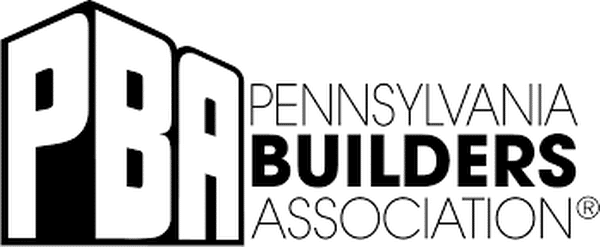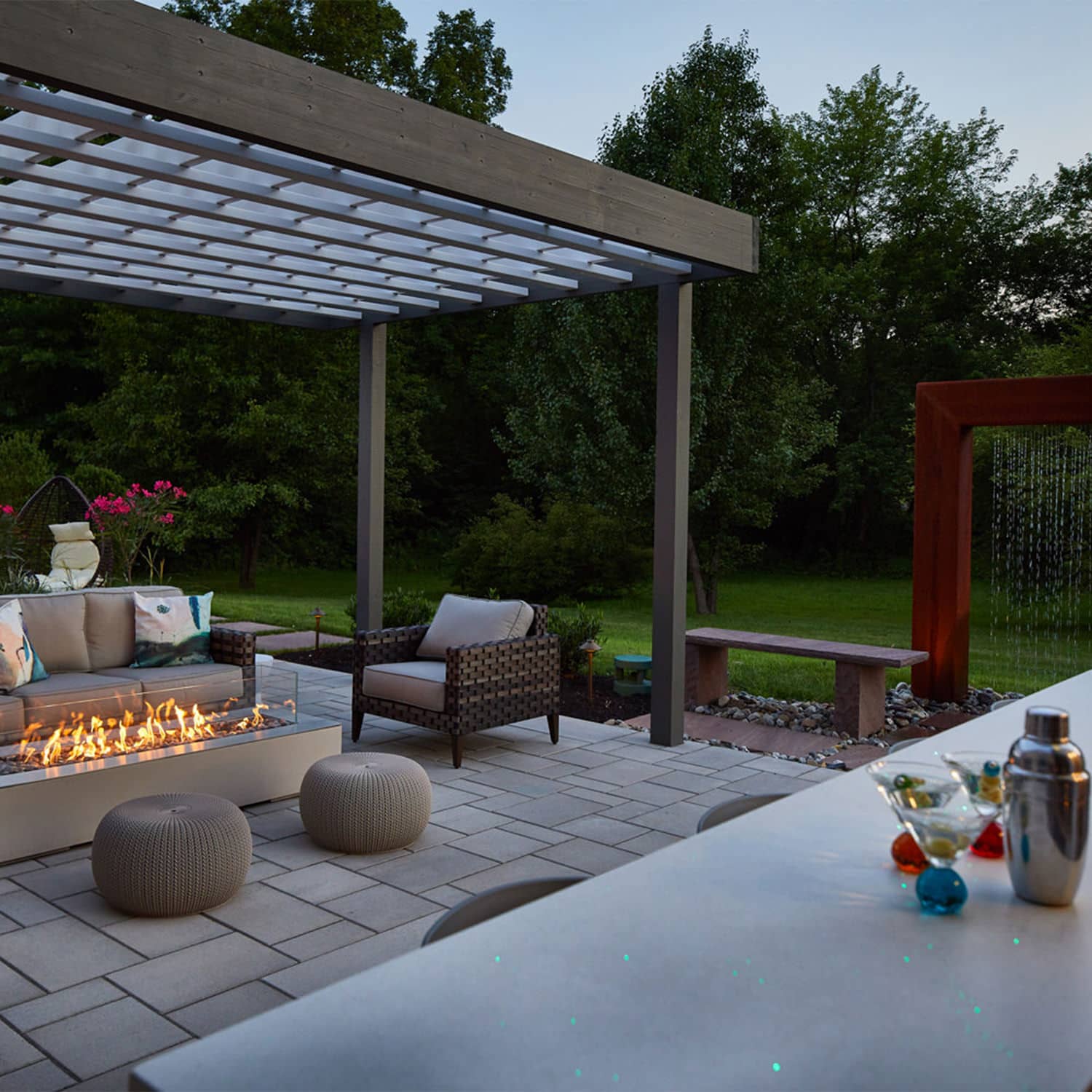An un-bee-lievable pollinator garden is within reach!
Posted November 10, 2016 in Blog, Landscape Design, Plant and Tree
Most people are aware that bees have been in a crisis over the last few years, with populations dwindling at an alarming rate, but can we really make a difference in our own little gardens? The answer is yes; any effort is better than no effort at all! Discussing the options of a pollinator garden with your landscape designer will not only provide a beautiful space for you, but a place for native bees to eat, work, rest and raise their own little families. Without bees, our ecosystem will become out of sync and we will be forced to deal with the repercussions of not being proactive. Why should you care? Good question!
Bees and other pollinators provide very real and very important services within our environment. Bees, birds and bats pollinate a third of our crops alone! From your morning cup of caffeine to the butternut squash on your plate at dinnertime, is all tangible evidence that pollinators are crucial to our existence. Deforestation, subdivision development and pesticides are a few examples of why our pollinators are in trouble. However, your home garden, no matter the size, can make a difference.
Food: Implement Native Plants
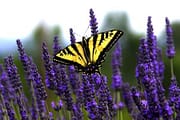
Water: Keep it Natural
Incorporating a water feature in the landscape will not just enhance 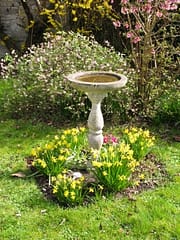
Shelter: They Don’t Need Much Space
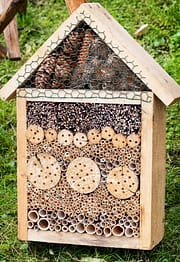
When tending to you garden, keep in mind that pesticides are not only detrimental to your family and pets, but for little worker bugs alike. Using holistic sprays and fertilizers will guarantee the safety of your home, and bring a plethora of pollinators to the garden. Where there are bees, there are sure to be butterflies and hummingbirds thrilled to share in the bounty of pollen and nectar.
Pollinator gardens are beneficial to both humans and the environment, and with a little planning, we can make our communities a better place. MasterPLAN Landscape Design can help guide you in your vision for an advantageous garden, while also suggesting and installing all necessary assets to help it thrive. When you are ready to be a part of the solution, reach out to MasterPLAN. Together, we can make a bee-utiful difference!
- * Aster, milkweed, coneflowers, and goldenrod are a few examples of excellent native plants to include in your Pennsylvania pollinator garden! *
Join Our Newsletter
Stay up to date with what is happening with MasterPLAN Outdoor Living.
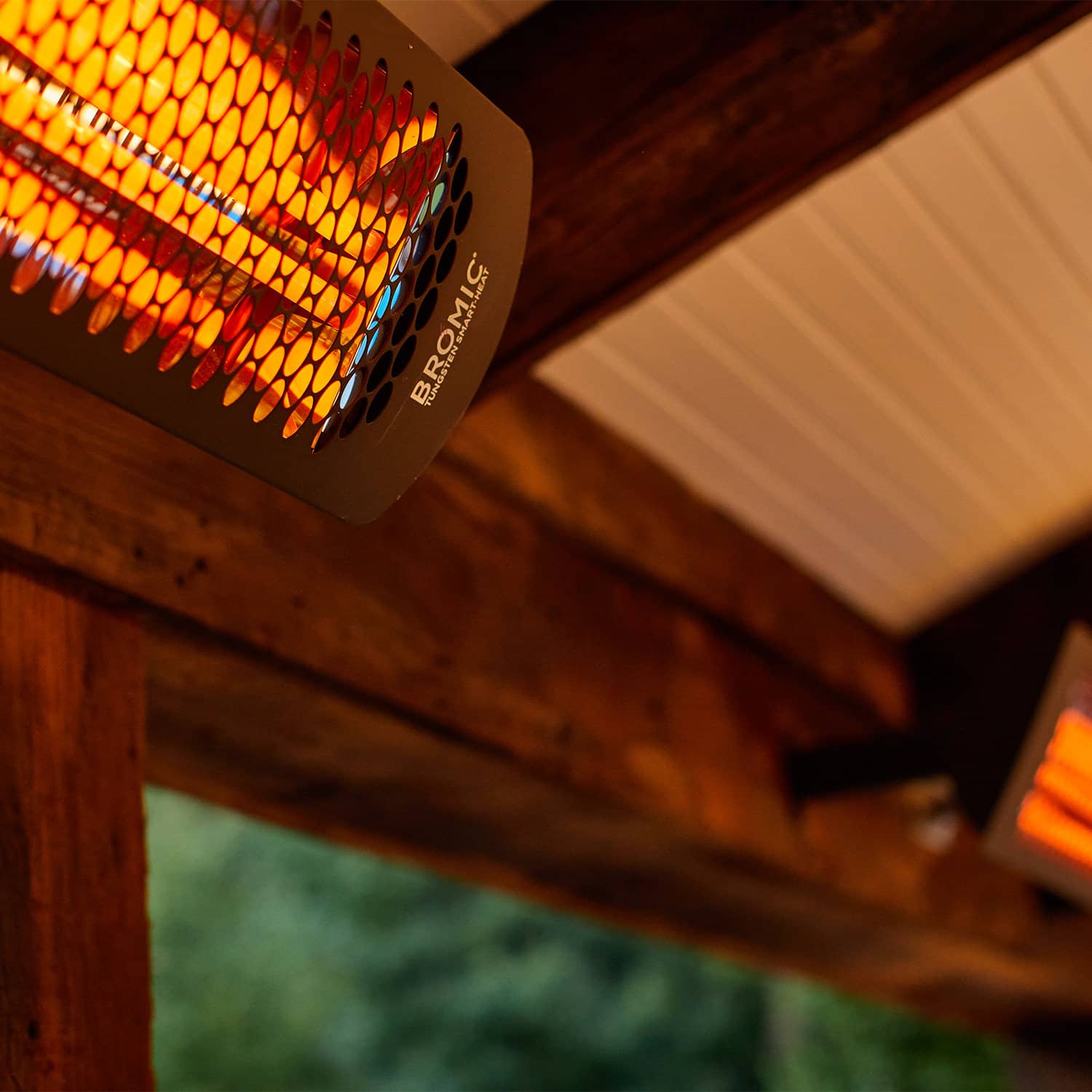
Bromic heaters are an aesthetic and effective way to heat outdoor living spaces, gaining 2 extra months in the spring and fall for comfortable outdoor enjoyment
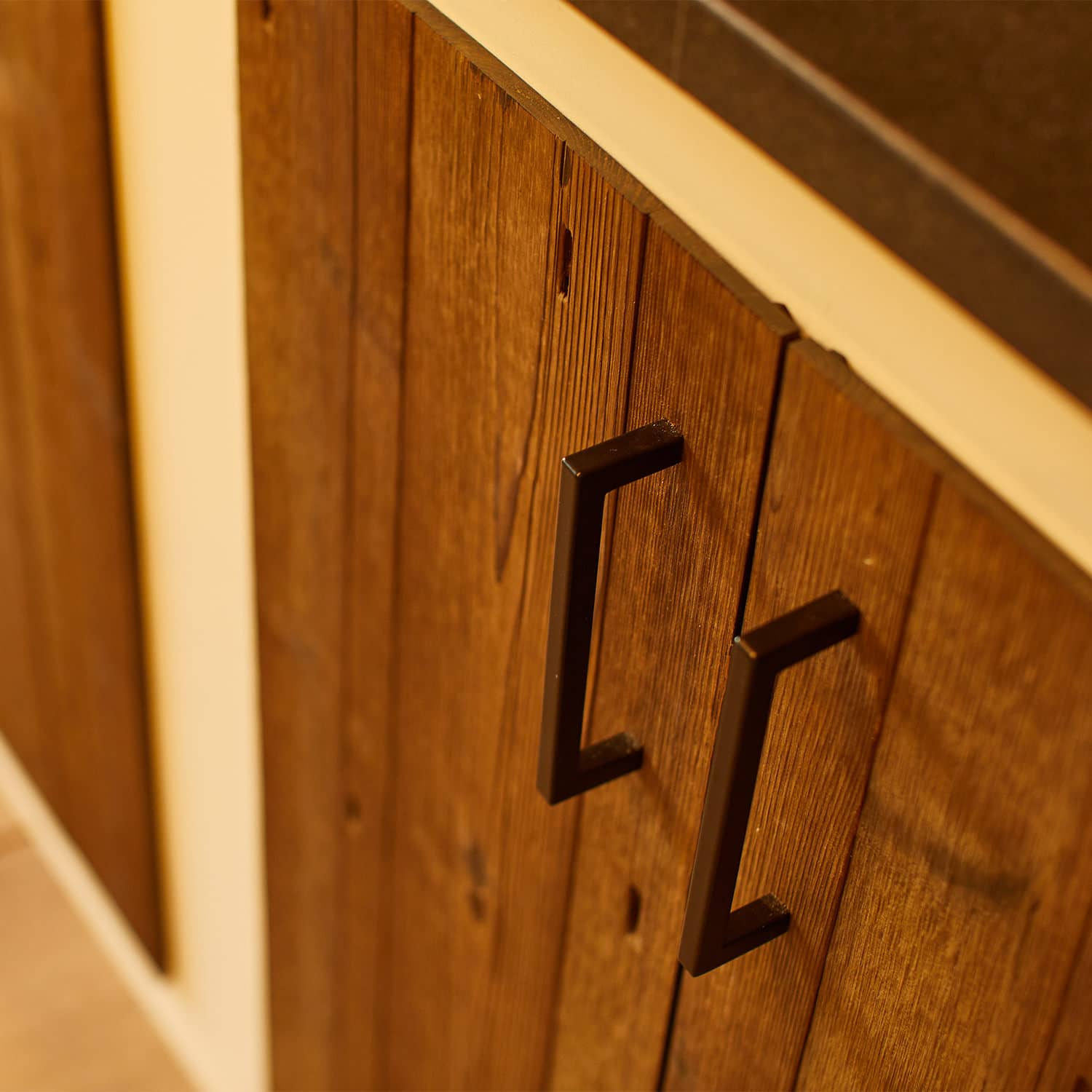
Carefully crafted outdoor living spaces take all elements of a design into consideration, down to the details of every cabinet handle!

The iridescent tile selected for this overflow spa and swimming pool keeps the tile cool during the hot days of summer and beautifully shifts in color as the sun rises and sets!

This Bethlehem outdoor living space is complete with a custom gunite pool and adjacent overflow spa which receives full sun in the summer...the kids can't wait to make a splash!!

An additional garage doesn't have to be prefab and boring, let's work together to create the space that you've always dreamed of!

Looking for a creative way to integrate outdoor privacy? We incorporated a beautiful stucco and wood feature wall in this seamless transition covered deck space which provides both function and beauty!
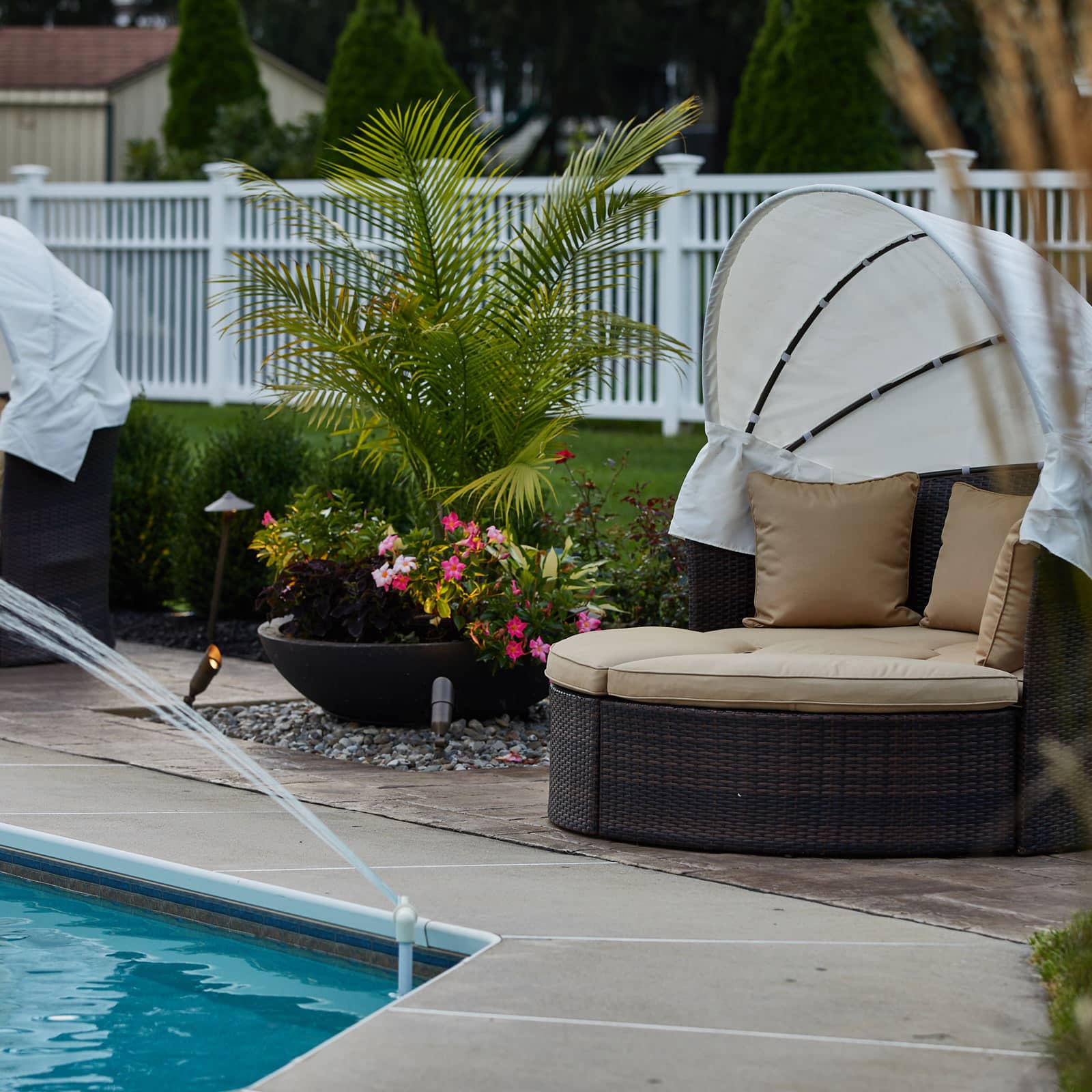
It’s the details that make each MasterPLAN project feel like home.
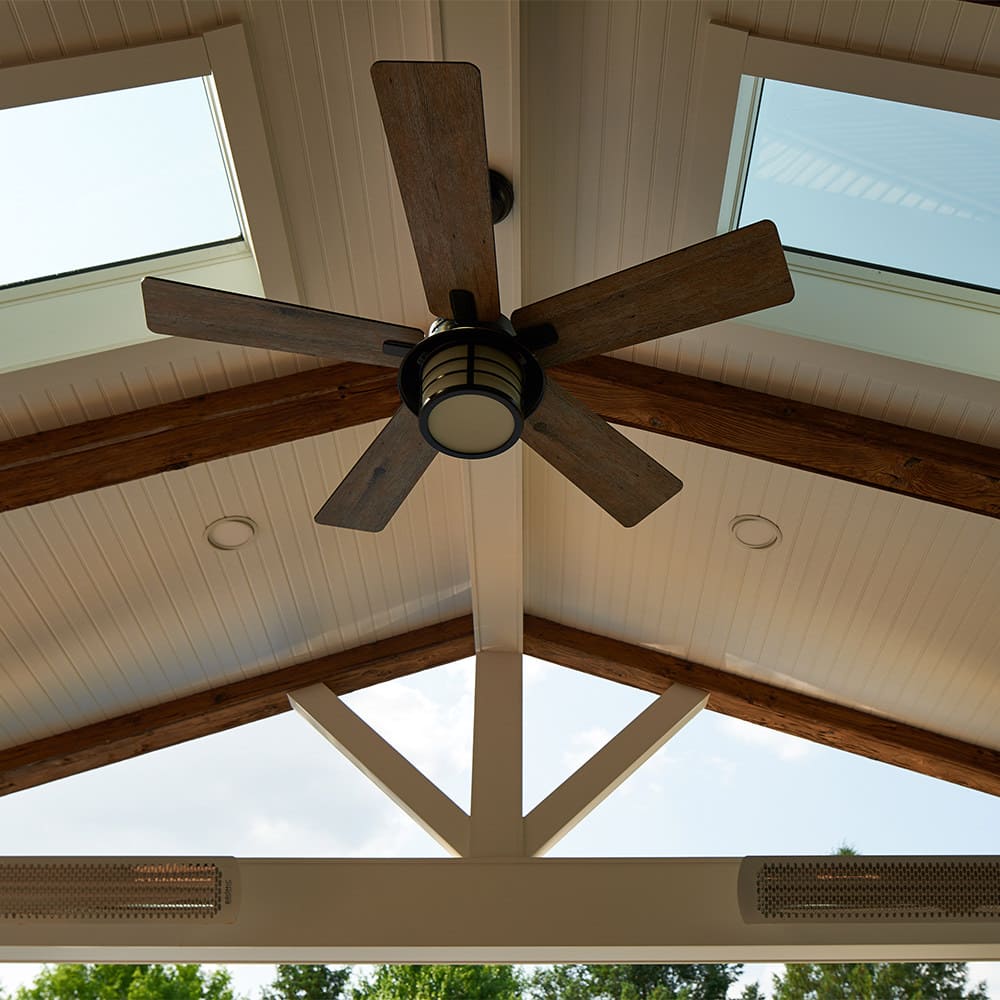
A beautiful balance between the barnwood clad beams and ceiling fan against the crisp, clean, white Azek and tongue & groove ceiling provide a modern rustic feel to this outdoor living space.

We designed this gunite swimming pool with a church step entrance. This allows easy entry and additional room to relax at different depths!


